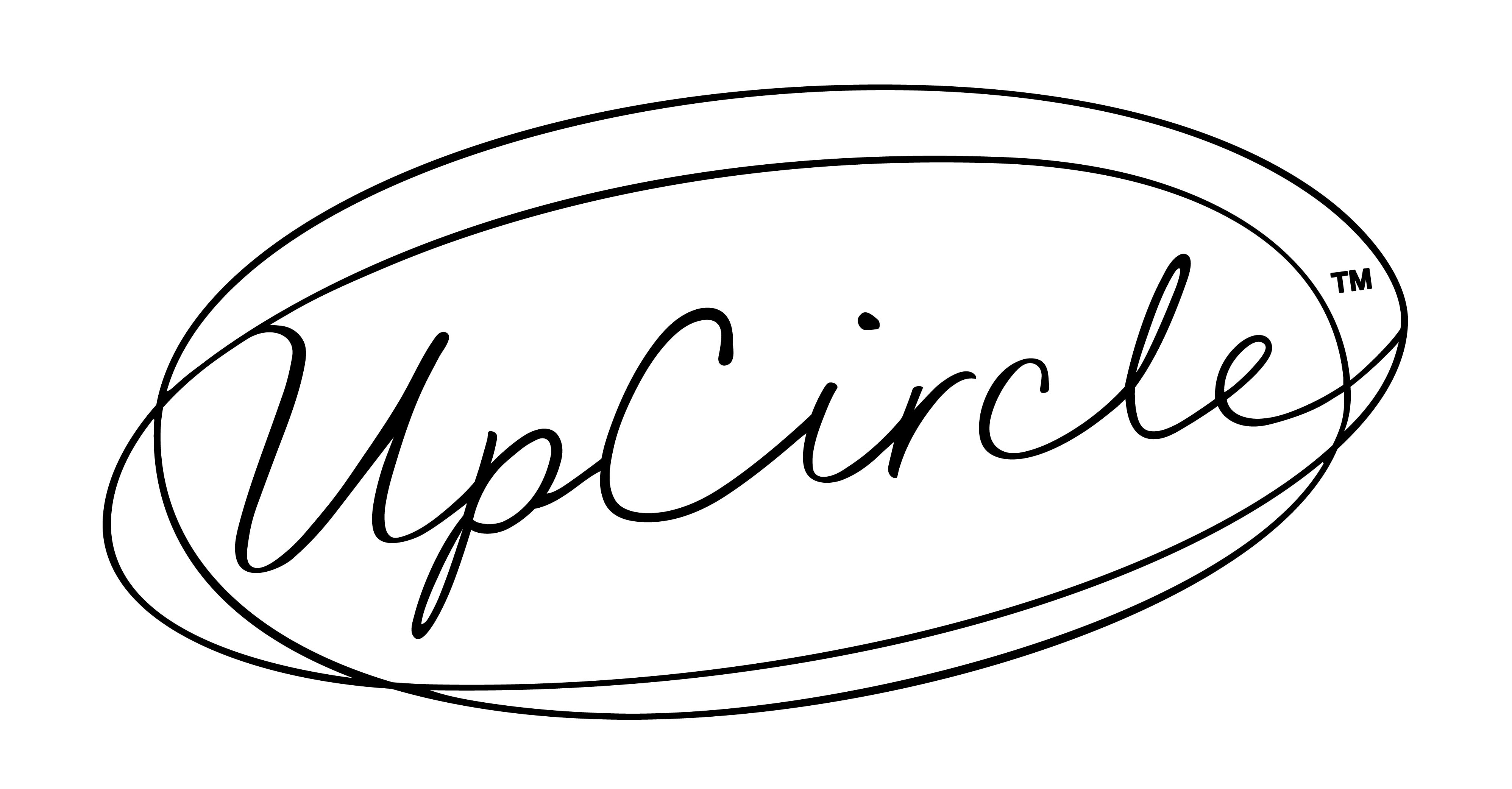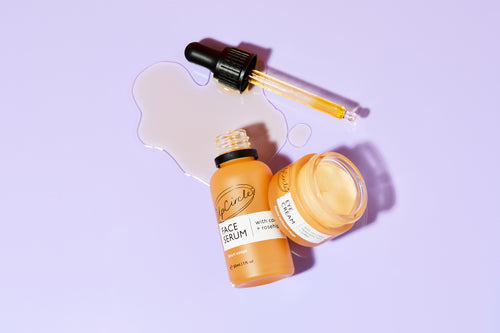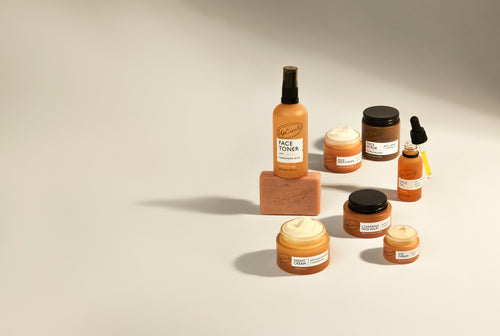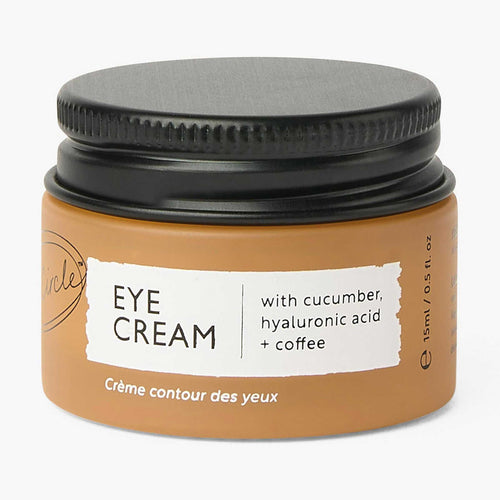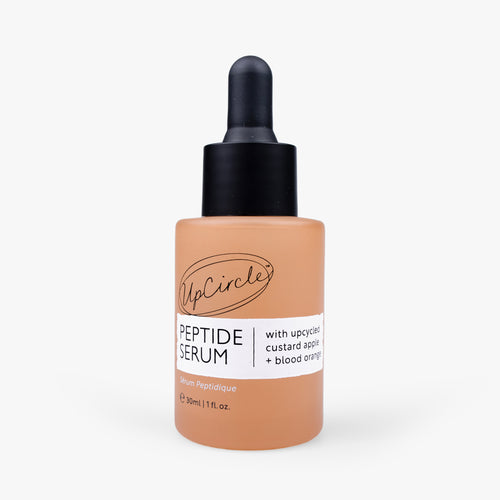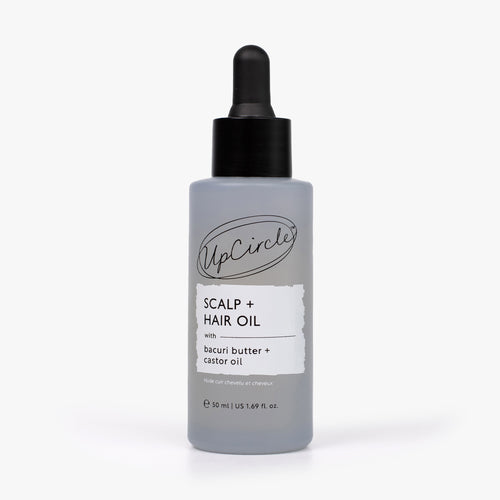At UpCircle we’re painfully aware of the ugly side of the beauty industry. So often it’s beauty that sits behind our non-sustainable and planet-unfriendly practices. That’s a harsh reality and one that we are trying to undo in our own small and sustainable way. For example, the beauty industry produces a staggering 120 billion units of packaging globally each year, 95% of which are single use. And the sheet mask trend is one aspect of the beauty industry that’s making this so much worse. In fact, we hope that a single use sheet mask will soon become as much a social pariah as single use plastic straws have.
Sheet masks are part of the bizarre twist on fashion that happens when Instagram gets its hooks in things. Despite them making you look like a mild version of Hannibal Lecter, or posing logistical issues when your facial features simply don’t match the pre-cut holes, the drive for the sheet mask selfie has seen them skyrocket in popularity. Lots of influencers have propelled their popularity and they are the quick-fix cheap beauty item for home pampering.
But there’s a really ugly side to these low cost beauty products and that’s the high cost to the environment.
Are sheet masks bad for the environment?
When considering if sheet masks are bad for the environment, we need to first understand how they are made.
Sheet masks work by coming ready to use. This means that the fabric of the sheet needs to stay in watertight packaging without breaking down. There’s the first problem – in order for a material to meet this specification, it’s inherently not going to be one that biodegrades easily. For the packaging not to leak, there are going to be limited options. And let’s not forget that sheet masks are designed to be affordable. That means that these components are going to be the cheapest possible that do the job. This all spells one word: plastic.
As we all know, plastic is a big problem for our planet. Traditional plastic doesn’t biodegrade. In fact, every piece of plastic that’s ever been made is still hanging around on our planet somewhere. After 450 years, a plastic bottle will break down in our oceans. But that’s just into microplastics, which become another problem altogether for marine life. It’s an enormous problem, and one we believe we shouldn’t be contributing to with sheet masks.
Being a relatively new trend, there isn’t yet a good amount of data about sheet masks and the environment specifically. However, we can compare the sheet element itself to a wet wipe. We know that wet wipes are hugely detrimental to the environment – accounting for 93% of blocked sewers. So it is quite unbelievable that we’ve so easily moved over to sheet masks! Worryingly, wet wipes are actually creating new riverbeds in rivers like the Thames.
What about if recyclable or compostable components are used?
Some brands are reacting to this understanding about the impact of sheet masks on the environment by swapping in different components. They are using recyclable or compostable elements.
However, this isn’t problem free either.
With sheet masks, the gloop of the mask inevitably ends up over the packaging, and of course is inherent in the mask itself. Realistically, the consumer is not going to clean and separate the parts so that it is in an acceptable format for recycling. The same issue arises with compostable components. The sheet itself may be cotton or hydrogel, but they become saturated in the mask product and that renders them non-biodegradable.
This approach also doesn’t do anything to combat the environmental impact of creating the components either. Why is it necessary to have a single-use product for this anyway?
Where are the ethics?
Indeed, perhaps this single-use concept is the biggest problem of all. It’s not just about sheet masks, but the beauty industry’s insistence that we can still continue creating single-use items despite there being very little need. We need to ask ourselves if a beauty item really needs to be single use. In most cases, and certainly with face masks, the answer is a resounding ‘no’.
Face masks are probably one of the oldest skincare techniques. They existed when ancient civilisations discovered that slathering on natural clays did wonders for their skin. Why do we need to go on to add plastics and harmful manufacturing processes into the mix?
The different components of the sheet mask
When you think about the sheet mask, there’s an awful lot of ‘stuff’ for not a lot of product. There’s the sheet itself, often made of synthetic materials packed with plastics. Then there’s sometimes a plastic sheet around the mask. Then there’s the packaging which is usually a foil and plastic mix.
As mentioned above, even when the plastic eventually breaks down, it releases microplastics. Microplastics are an enormous problem for the planet, getting into our food chain just for starters. Then there’s the fact that as microplastics break down, they also release methane, contributing to global warming.
Some brands are now making hydrogel sheet masks. Whilst these are billed as biodegradable, many are made with synthetic polymers, so are still plastic! Often silicone serums are added (to create a ‘glow’) which stops even biodegradable versions from breaking down whilst leaking nasty toxins into the earth via landfill.
There’s also the issue of the emissions and resources used to make these single-use items too. A single cotton mask will require thousands of gallons of water - even if it’s organic! Let’s not forget also that these masks are often produced in and shipped from places a long way from where they are sold, also adding to the carbon footprint of production.
Are sheet masks any good for your skin?
The sad reality is that it’s not even like sheet masks are some incredible beauty miracle. Due to the cost of producing the sheet mask itself, little effort or resources are put into the ingredients – arguably the most important part.
So we’re urging you, please go old-school when it comes to your face mask. Our award-winning Clarifying Face Mask with Olive Powder brings you the natural power of a face mask with kaolin clay, coconut oil and discarded olive stones. You get the pampering, rejuvenating and nourishing benefits of a face mask, without the single-use impact on the environment.
